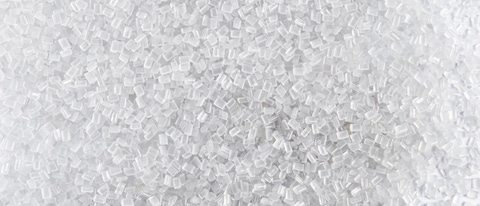Plastics & Rubber
Antioxidants
Virtually all polymeric materials undergo oxidation reactions. Oxidation can occur at every stage of the life cycle of a polymer, i.e. during manufacturing and storage of the material or during processing and end-use.
Typical manifestations of oxidation of polymers can be change of viscosity during processing, appearance, and loss of mechanical properties such as elongation, impact strength, tensile strength, and flexibility. Antioxidants protect polymers against oxidation by controlling molecular weight changes that lead to a loss of physical, mechanical, and optical properties.
Among other factors heat, light and mechanical stress can result in the degradation of the polymer.
Antioxidants interrupt the degradation processes in different ways, depending on their structure. The two major classifications are: chain terminating primary antioxidants and hydroperoxide decomposing secondary antioxidants.
Primary antioxidants react rapidly with free radicals and are, therefore, called "Radical Scavengers". The majority of primary antioxidants for polymers are sterically hindered phenols.
Part of primary antioxidants, are aromatic amines, mainly used in carbon-black filled rubbers and some polyurethane applications. Irganox® 5057 is such an aromatic amine for polyol and rubber stabilization.
Secondary antioxidants, including phosphites and thioesters, react with hydroperoxides to yield non-radical products. They are particularly useful in synergistic combinations with primary antioxidants.
Phosphites are most effective during processing and protect both the polymer and the primary antioxidant.
Thioesters are useful in increasing the long-term thermal stability in conjunction with phenolic antioxidants. Irgafos® 168, Irgafos® 126, Irganox® PS 800 and Irganox® PS 802 are secondary antioxidants.
In multifunctional stabilizers, several functions are combined in the same molecule: the most widely used combination are sterically hindered phenols with sulfur substituents or sterically hindered phenols with copper chelating function (metal deactivators). Irganox® 1035, Irganox® 565, Irganox® 1520 L, Irganox® MD 1024 are examples of multifunctional additives.
A third class of antioxidants are the radical scavengers. Scavenging the radicals immediately stops the degradation. They are mainly used for extrusion processing. Irganox® E 201 and the blend Irgastab® FS 301 belong to this class of antioxidants.

Irgafos® 126

Irgafos® 168

Irgafos® 168 FF


